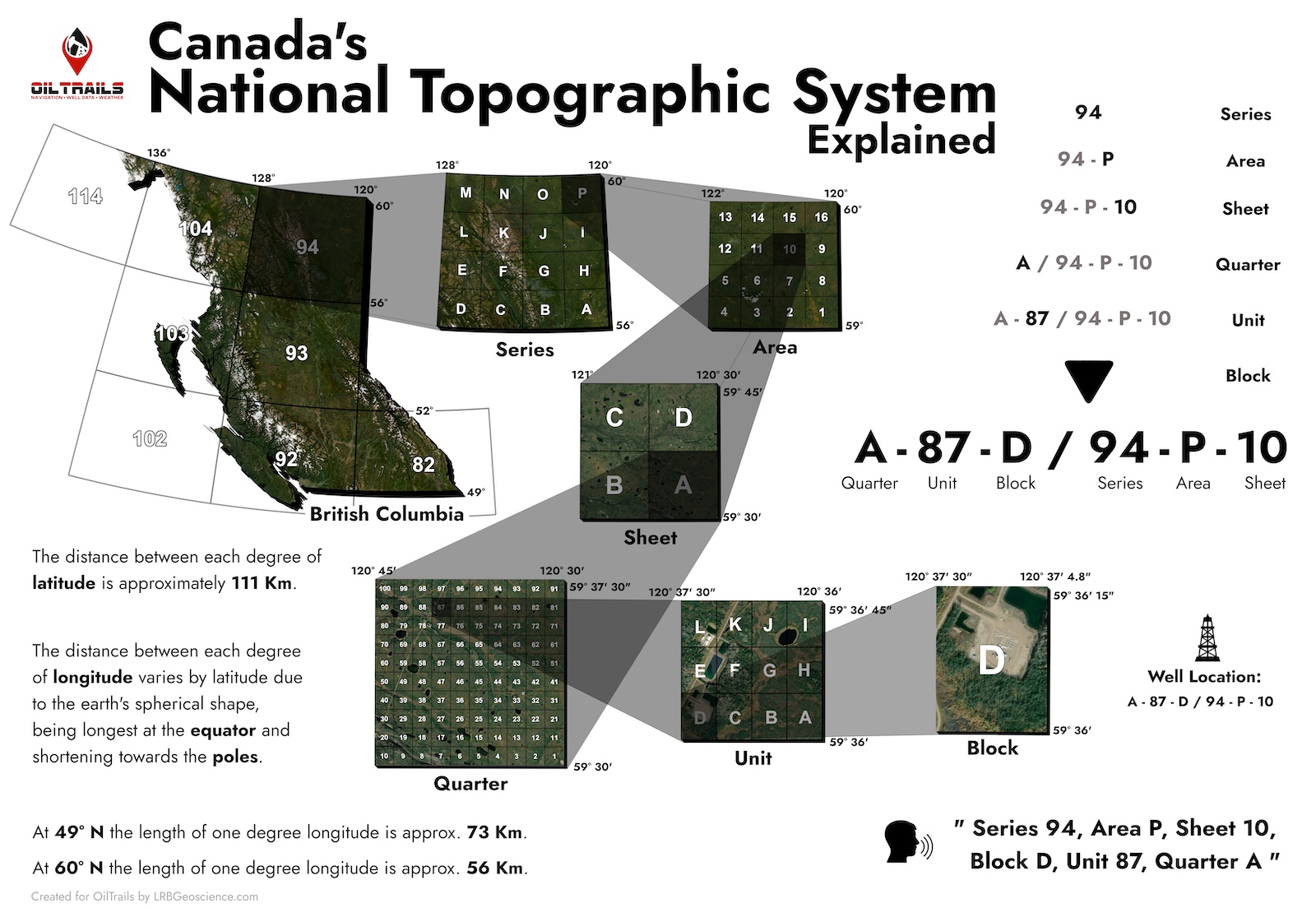Let's cut straight to the chase, folks. You're probably here because you've stumbled upon two terms that have been buzzing around social media and casual conversations like wildfire—NTS (Not That Serious) and NTR (No Tears Required). These acronyms might seem simple at first glance, but trust me, they carry a lot more weight than just three little letters. Today, we're diving deep into what these terms mean, how they differ, and why they matter in our daily interactions.
NTS vs NTR isn’t just about picking sides or deciding which one is "better." It's about understanding the nuances of modern communication and the unspoken rules that govern how we express ourselves online and offline. Whether you're a millennial, Gen Z, or even a curious boomer trying to decode the lingo, this article is your ultimate guide to navigating the world of acronyms.
So grab a cup of coffee, sit back, and let’s break down the battle of NTS vs NTR. By the end of this ride, you'll not only know what these terms mean but also how to use them like a pro without sounding like a noob.
Read also:Matthew Ansara The Rising Star Whorsquos Taking Hollywood By Storm
Table of Contents
- What is NTS?
- What is NTR?
- NTS vs NTR: Key Differences
- When to Use NTS
- When to Use NTR
- Common Misconceptions About NTS and NTR
- The Cultural Impact of NTS and NTR
- Psychological Aspects of Using NTS and NTR
- Real-Life Examples of NTS and NTR in Action
- Conclusion: Which Acronym Reigns Supreme?
What is NTS? Breaking Down the Basics
Alright, let’s start with the basics. NTS stands for "Not That Serious," and it’s essentially a way to signal that something isn’t meant to be taken too literally or too heavily. It’s like putting a disclaimer on your words, saying, "Hey, I’m just throwing this out there—don’t overthink it." NTS is often used in casual conversations, especially when someone wants to share an opinion or idea without being judged too harshly.
For example, imagine your friend says, "I think pineapple belongs on pizza—NTS." What they’re really saying is, "I know this is controversial, but I’m not gonna start a fight over it." It’s a clever little acronym that helps diffuse tension and keeps things light-hearted.
Now, here’s the kicker—NTS isn’t just about pizza preferences. It can apply to almost anything, from political opinions to relationship advice. The beauty of NTS is that it gives people the freedom to express themselves without feeling pressured to defend every little thing they say. And in a world where cancel culture runs rampant, that’s a pretty big deal.
Why NTS is Everywhere
- It encourages open dialogue without fear of judgment.
- It helps people share controversial ideas in a non-threatening way.
- It promotes a culture of understanding and empathy in online interactions.
What is NTR? The Other Side of the Coin
Now let’s flip the script and talk about NTR, which stands for "No Tears Required." Unlike NTS, NTR is all about humor and sarcasm. When someone says something with NTR attached, they’re basically saying, "This is a joke, so don’t cry over it." It’s the perfect way to lighten up a conversation and inject some much-needed laughter into the mix.
For instance, if someone says, "I failed my driving test—NTR," they’re not really looking for sympathy. They’re just making light of the situation and turning it into a joke. NTR is all about resilience and finding humor in the face of adversity. It’s like saying, "Yeah, life’s tough sometimes, but we can still laugh about it."
But here’s the thing—NTR isn’t just about failing driving tests. It can be used in a variety of situations, from embarrassing moments to awkward social interactions. The key is to use it wisely and make sure the other person gets the joke. After all, humor is a powerful tool, but it can also backfire if not used correctly.
Read also:Whatrsquos The Buzz About September 27 Zodiac Sign Herersquos Everything You Need To Know
Why NTR is a Game-Changer
- It adds a layer of humor to serious situations.
- It helps people cope with failure or disappointment in a healthy way.
- It fosters a sense of camaraderie and shared laughter among friends.
NTS vs NTR: Key Differences That Matter
So now that we’ve covered the basics of both NTS and NTR, let’s talk about the differences between them. While both acronyms are used to lighten the mood, they serve slightly different purposes. NTS is more about diffusing tension and encouraging open communication, while NTR is all about humor and resilience.
Think of it this way—NTS is like a white flag in a debate, while NTR is like a punchline in a stand-up comedy routine. Both are effective in their own ways, but they cater to different types of conversations and interactions.
Here’s a quick breakdown of the key differences:
- NTS: Focuses on reducing seriousness and promoting open dialogue.
- NTR: Focuses on adding humor and resilience to difficult situations.
When to Use NTS: The Art of Balance
Knowing when to use NTS is crucial if you want to master the art of casual conversation. The key is to use it in situations where you want to express an opinion without starting a full-blown argument. For example, if you’re discussing a controversial topic like politics or religion, throwing in an NTS can help defuse any potential conflict.
But here’s the catch—using NTS doesn’t mean you’re shirking responsibility or avoiding accountability. It simply means you’re willing to have a conversation without taking things too personally. It’s about finding a balance between expressing your thoughts and respecting others’ opinions.
Here are a few scenarios where NTS can come in handy:
- When discussing sensitive topics like climate change or social justice.
- When sharing a personal opinion that might be controversial.
- When trying to keep a conversation light-hearted and fun.
When to Use NTR: The Power of Laughter
On the other hand, NTR is all about using humor to navigate tricky situations. Whether you’ve just made a fool of yourself in public or you’re dealing with a tough day at work, adding an NTR to the mix can help lighten the mood and make things more bearable.
But remember, humor is subjective, and not everyone will find the same things funny. That’s why it’s important to use NTR sparingly and only in situations where you’re confident the other person will get the joke. After all, nothing kills a conversation faster than awkward silence after a failed attempt at humor.
Here are a few scenarios where NTR can work wonders:
- When you’ve made a mistake and want to laugh it off.
- When you’re trying to diffuse tension in a group setting.
- When you want to add a touch of humor to a serious conversation.
Common Misconceptions About NTS and NTR
Like any popular acronyms, NTS and NTR come with their fair share of misconceptions. Some people think that NTS means you don’t care about anything, while others believe that NTR is just an excuse to be rude or dismissive. But the truth is, both acronyms are tools that can be used for good if wielded correctly.
Here are a few common misconceptions and why they’re wrong:
- NTS means you don’t care: Nope! NTS is about reducing seriousness, not apathy.
- NTR is just a way to be rude: Not at all! NTR is about resilience and humor, not disrespect.
- You can use them interchangeably: Wrong! NTS and NTR serve different purposes and should be used accordingly.
The Cultural Impact of NTS and NTR
It’s no secret that language shapes culture, and acronyms like NTS and NTR are no exception. These terms have become a staple in modern communication, influencing how we interact with each other both online and offline. They’ve created a new language of sorts, one that prioritizes empathy, humor, and resilience.
But the impact of NTS and NTR goes beyond just casual conversations. They’ve also influenced the way we approach serious issues like mental health, relationships, and even politics. By encouraging open dialogue and promoting a culture of understanding, these acronyms have helped bridge the gap between different generations and communities.
So the next time you use NTS or NTR, remember that you’re not just saying three little letters—you’re contributing to a cultural movement that’s changing the way we communicate.
Why This Matters
- They promote empathy and understanding in online interactions.
- They encourage people to express themselves without fear of judgment.
- They foster a culture of resilience and humor in the face of adversity.
Psychological Aspects of Using NTS and NTR
From a psychological perspective, NTS and NTR are fascinating tools that tap into some of our most basic human needs. NTS satisfies our need for connection and understanding, while NTR fulfills our need for humor and resilience. Both acronyms play an important role in helping us navigate the complexities of modern life.
For example, studies have shown that humor can be a powerful coping mechanism, helping people deal with stress and anxiety. That’s where NTR comes in—by adding a touch of humor to difficult situations, it can help people feel more in control and less overwhelmed. Similarly, NTS can help reduce social anxiety by creating a safe space for open communication.
But here’s the thing—using NTS and NTR effectively requires a certain level of emotional intelligence. You need to be able to read the room, gauge the other person’s mood, and know when to use these acronyms appropriately. It’s not just about throwing them around randomly—it’s about using them strategically to enhance your communication skills.
Real-Life Examples of NTS and NTR in Action
Let’s bring it back to reality for a moment and look at some real-life examples of NTS and NTR in action. These scenarios will give you a better idea of how these acronyms can be used in everyday conversations.
- NTS Example: "I think we should all move to Mars—NTS." This shows that the speaker is open to discussing the idea without taking it too seriously.
- NTR Example: "I accidentally deleted all my photos—NTR." This shows that the speaker is using humor to cope with the situation.
Conclusion: Which Acronym Reigns Supreme?
So there you have it—the ultimate showdown between NTS and NTR. Both acronyms have their strengths and weaknesses, and both play an important role in modern communication. Whether you’re trying to diffuse tension or add humor to a conversation, these terms can help you navigate the complexities of human interaction with ease.
But here’s the million-dollar question—which one reigns supreme? The truth is, there’s no clear winner. It all depends on the situation and the people involved. The key is to use these acronyms wisely and strategically, always keeping in mind the needs and feelings of the people you’re communicating with.
So go ahead, give NTS and NTR a try in your next conversation. Who knows? You might just find that they become your new best friends in the world of communication.
And if you enjoyed this article, don’t forget to leave a comment, share it with your friends, or check out some of our


